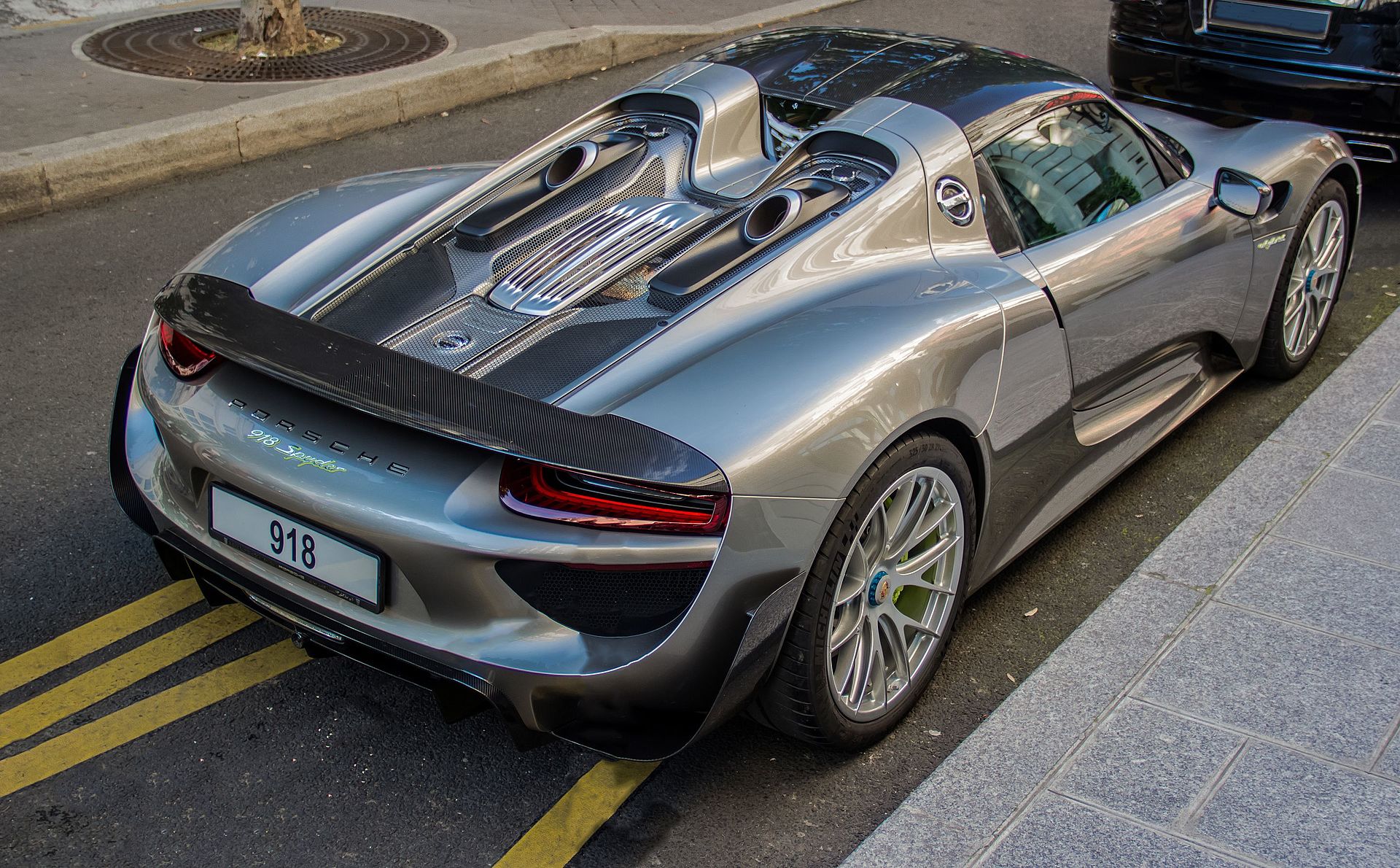Sport Utility Vehicles (SUV) have a strong appeal on people who want to be different driving on the road. There is a certain sense of satisfaction in owning a large and power packed vehicle. Unfortunately, the recent global crude oil price increase has caused local gasoline prices to sky rocket. Because SUV consume large amount of fuel, running the vehicle has been a financial challenge due to its large gasoline expense bill. Are the any solutions to reduce fuel consumption? One option is to use water as a SUV fuel saver. How does the concept work? This article will highlight the hidden secret of using water as fuel to power a car. A lot of people do not know that water can be used as an alternative fuel for SUV. We do not use water per se to power a vehicle; instead we use one of the elements inside water for power.

Its combined fuel consumption is 8.6 l/100 km (199 g/km CO2); after just 7.3 seconds (!), the DSG version is moving at 100 km/h. Its top speed is 213 km/h. This TSI will be available in combination with the "Track & Style" and "Sport & Style" equipment lines. All three TDI engines operate with common rail injection, turbocharger, intercooler, four cylinders and an engine displacement of 1,968 cm3. The entry-level engine of the Tiguan diesel line-up is the 81 kW / 110 PS (at 2,750 to 4,200 rpm). This engine is ideal for customers who put a high priority on maximum fuel economy. This engine - always combined with BlueMotion Technologies (Stop/Start system and battery regeneration) and front-wheel drive - has a combined fuel economy of 5.3 l/100 km (equivalent to 139 g/km CO2). This contrasts with a hefty maximum torque of 280 Newton metres (between 1,750 and 3,000 rpm).
So, the "small" TDI is really an excellent fit for the Tiguan. If necessary, the Tiguan 2.0 TDI with 110 PS and 6-speed gearbox can accelerate to precisely 175 km/h. It finishes the sprint to 100 km/h in 11.9 seconds. This TDI may be combined with the "Trend & Fun" and "Sport & Style" equipment lines. The 103 kW / 140 PS (at 4,200 rpm) VW Tiguan 2.0 TDI with 4MOTION all-wheel drive was already associated with low fuel consumption. Now, at 6.0 l/100 km (equivalent to 157 g/km CO2) it betters the previous model with its 6.3 l/100 km. This TDI may be ordered together with any of the equipment versions and - optionally - with the 7-speed DSG (6.3 l/100 km and 167 g/km CO2). Any of the 4 equipment versions may be configured with this engine. The manual gearbox version has a top speed of 186 km/h, while the DSG version can go to 188 km/h. An important benefit of this Tiguan: its towing capacity of up to 2,500 kg.